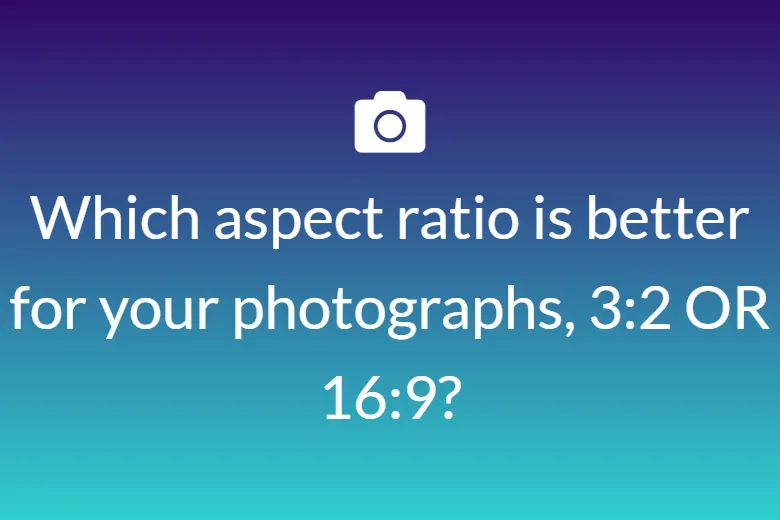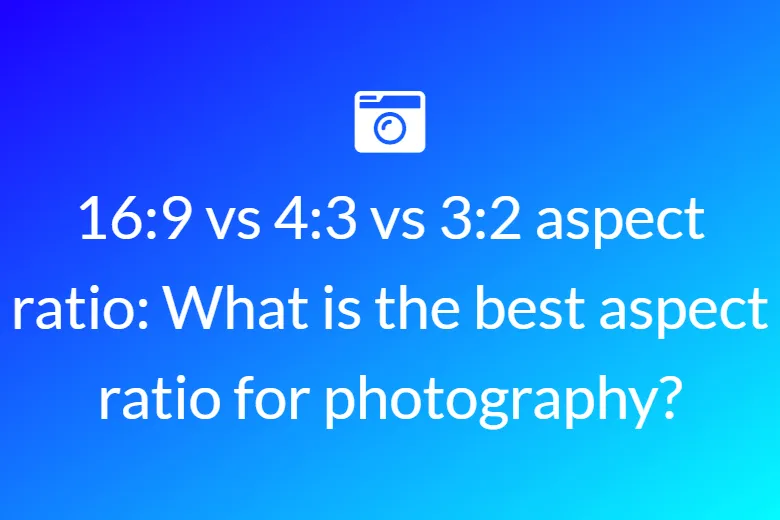Plagiarism is the act of using someone else’s work or ideas without crediting the original owner of the content and reproducing them as your own.
Paraphrasing a text means re writing a sentence or words without changing the original meaning of the same. The rewritten content consists of no duplicacy and hence is not plagiarized.
Differences in terms of plagiarism vs paraphrasing lie in the closeness of your text to original one. You can define plagiarism as word-for-word copying, which is forbidden. Paraphrasing helps present the same ideas but it doesn’t repeat what was already written somewhere. That’s a great way of relying on someone’s text but not copying it.
An ethical writer takes great care to ensure that any paraphrased text is sufficiently modified to new writing.
Let use see few examples of paraphrasing :


Let’s consider various paraphrased versions of the following material on the electrochemical properties of neurons (taken from Martini & Bartholomew, 1997).
Original content : “Because the intracellular concentration of potassium ions is relatively high, potassium ions tend to diffuse out of the cell. This movement is driven by the concentration gradient for potassium ions. Similarly, the concentration gradient for sodium ions tends to promote their movement into the cell. However, the cell membrane is significantly more permeable to potassium ions than to sodium ions. As a result, potassium ions diffuse out of the cell faster than sodium ions enter the cytoplasm. The cell therefore experiences a net loss of positive charges, and as a result the interior of the cell membrane contains an excess of negative charges, primarily from negatively charged proteins.”¹ (p. 204).
Paraphrased content : A textbook of anatomy and physiology¹ reports that the concentration of potassium ions inside of the cell is relatively high and, consequently, some potassium tends to escape out of the cell. Just the opposite occurs with sodium ions. Their concentration outside of the cell causes sodium ions to cross the membrane into the cell, but they do so at a slower rate. According to these authors, this is because the permeability of the cell membrane is such that it favors the movement of potassium relative to sodium ions. Because the rate of crossing for potassium ions that exit the cell is higher than that for sodium ions that enter the cell, the inside portion of the cell is left with an overload of negatively charged particles, namely, proteins that contain a negative charge.
In addition to thoroughly changing much of the language and some of the structure of the original paragraph, the paraphrase also indicates, that the ideas contained in the rewritten version were taken from another source.
Sometimes in their attempts at paraphrasing, authors commit ‘near plagiarism’ because they fail to sufficiently modify the original text and thus, produce an inappropriately paraphrased version.
Inappropriate paraphrasing also happens sometimes by writers who are not adept at the technical know-how of the content. Therefore, the ability to properly paraphrase technical text depends in large part on the author’s conceptual understanding of the ideas being described and that author’s mastery and command of the technical language involved.
Obviously, inexperienced authors (e.g., students) have the greatest difficulty paraphrasing the advanced technical text often found in the primary literature.
Therefore, practice a two step process of paraphrasing an article.
First, understand the basic structure of the sentence. Sentences can be simple, compound or simple compound. Once you have identified the sentence structure, you can reconstruct the sentences keeping in mind the active voice and passive voice formation.
Another way to distinguish your paraphrase from the original content is by working on the length of the sentences. Use short sentences and break them down into understandable and short sentences.
In conclusion, paraphrasing is not just about replacing right words here and there, it is about taking ideas and explaining them using various words in a manner where you are clearly able to express yourself to your reader.
Let us now see the difference between plagiarism and paraphrasing correctly:


How to avoid plagiarism
Quoting: If you don’t want to alter the quotes, use quotation marks.
Summarizing: Simplify the content in your own words. This means once you have understood the meaning of the passage simply write a condensed synopsis.
Paraphrasing: If you want to use a source’s information, restate it in your own words through “new wording and phrasing in just as many words or slightly more words than the original.”
What requires citation
Every time you use information that is not common knowledge , cite them appropriately. Suppose you are using someone else’s quotes, illustrations, facts and figures you must credit the source. These may require permission and some of these may be copyrighted content too.
Common knowledge exception
Common knowledge need not be cited. So what exactly is common knowledge?
- The reader would already be aware of it.
- It’s a widely accepted fact; for example, there are 60 seconds in a minute.
- It’s accessible via common information sources.
- It originates from folklore or a well-known story e.g. Ramayana, Jataka tales.
- It’s commonly acknowledged in your field and known by your audience
In order to avoid charges of plagiarism you must not only document your sources correctly using an appropriate style guide (eg Harvard or Vancouver) , but you must also handle direct quotations and citations correctly. In order to ensure that your content is free from plagiarized content, use free plagiarism checker tools available for free online. It takes time to develop the skills required to paraphrase content . Thinking of developing writing as a profession? Remember to paraphrase well and use plagiarism tools when necessary. We have created a handy tool list for you.
Checkers of Plagiarism
Citation
Tools for writing










